Pepper prices are remaining high and are expected to continue to increase as demand in the world market remains high while supply is limited.
The Vietnam Pepper and Spice Association (VPSA) forecasts that Vietnam's pepper exports this year will reach over 1 billion USD, bringing pepper back into the billion-dollar industry group.
According to the Vietnam Pepper and Spice Association, as of July 30, Vietnam had exported 164,357 tons of pepper of all kinds; of which black pepper reached 145,330 tons and white pepper reached 19,027 tons.
Total export turnover reached 764.2 million USD. With the results achieved, in 5 more months, pepper can completely return to the billion-dollar path.
Compared to the same period in 2023, the export volume of pepper decreased by 2.2%, but the export turnover increased by 40.8%. The average export price of black pepper in 7 months reached 4,568 USD/ton, white pepper reached 6,195 USD/ton, up 32.7% and 25% USD respectively compared to the same period last year.
The United States is the largest pepper export market. Next are the German markets, up 97.3%; the UAE, up 39.2%; India, up 39.7%; China ranked 4th but down 84.6% compared to the same period.
According to the Vietnam Pepper and Spice Association, the reason for the increase in Vietnam's pepper exports is due to the scarcity of pepper supply in the world market.
Brazil is currently the world's second largest producer and exporter of black pepper after Vietnam, accounting for 17-18% of the total global supply. Therefore, the continuous crop failure in Brazil will have a global ripple effect, expected to push global pepper prices up in the last months of 2024 when pepper supply from other major producing countries such as Vietnam, Malaysia, Indonesia, etc. will also decrease significantly.
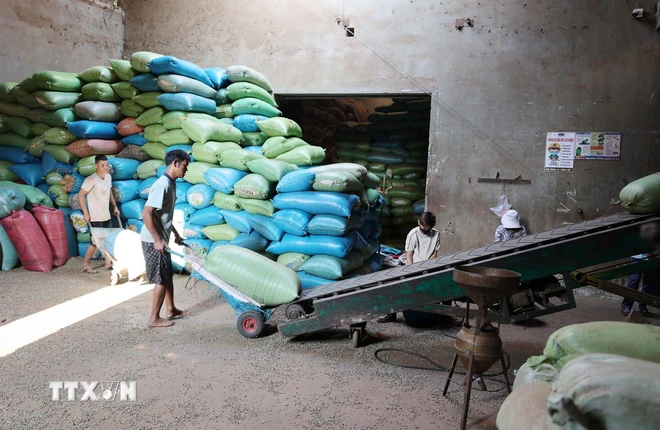
Currently, pepper supply is limited globally due to the impact of El Nino. In the long term, in the next 3-5 years, the amount of pepper produced will not be able to meet the world's consumption demand.
In July, domestic pepper prices reached VND 150,000/kg, up 82.9% compared to January and up 120.6% compared to the same period in 2023. On average, black pepper prices in 7 months increased by 66.5% compared to the same period in 2023.
According to the Vietnam Pepper and Spice Association, pepper prices have increased in the past three months due to reduced harvests in Vietnam and Brazil, leading to a shortage in supply. The pepper market is facing many difficulties and challenges. Prices will continue to fluctuate in the coming time.
According to Mr. Hoang Phuoc Binh, Vice President of the Chu Se Pepper Association (Gia Lai), producers need to realize that a new price increase cycle has begun. This price increase cycle will last about 10 years.
The Vietnam Pepper and Spice Association said that the association's survey to assess the current situation in three Central Highlands provinces in early July showed that farmers' maintenance and production of pepper is increasingly being competed by durian and coffee. New planting areas have been recorded but not much, mainly intercropping pepper with coffee.
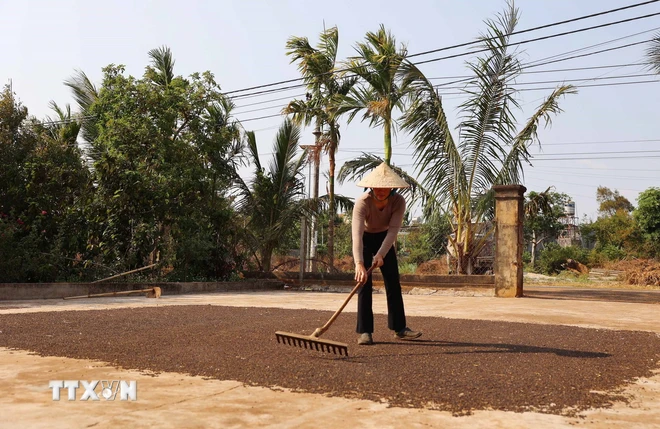
The impact of El Nino climate change at the beginning of the year has continuously impacted farmers' pepper cultivation, production and maintenance.
Following that, the La Nina phenomenon further disturbed farmers' psychology, especially at the present time when durian and coffee prices are at high levels, so they are still not attractive enough for farmers to massively replant pepper.
Through a survey in key pepper growing areas of Vietnam including 3 Central Highlands provinces (Gia Lai, Dak Lak, Dak Nong) and 3 Southeast provinces (Binh Phuoc, Dong Nai and Ba Ria Vung Tau), Mr. Hoang Phuoc Binh assessed that the pepper growing area has decreased by 50% compared to the peak period.
From this reality, according to Mr. Hoang Phuoc Binh, this price increase cycle in the context of supply will be lower than previous price increase cycles.
Because if farmers do not plant or replant now, in 4 years there will be no additional supply, while there will be losses due to unusual weather and climate change.
Not to mention the areas that were intercropped with pepper and durian (waiting for the durian trees to grow), which will now have to make way for durian trees. Thus, if there is no additional source after 4 years, pepper prices will certainly continue to increase, Mr. Hoang Phuoc Binh shared.
However, according to VPSA, increasingly fierce competition from other crops such as durian and coffee, along with the negative impacts of climate change, are the main reasons why pepper prices are unpredictable. The output of the next crop may be equivalent or slightly higher than in 2024./.
(Vietnam+)
Source: https://www.vietnamplus.vn/du-bao-ho-tieu-viet-nam-som-tro-lai-nhom-nganh-hang-tri-gia-ty-usd-post970452.vnp






























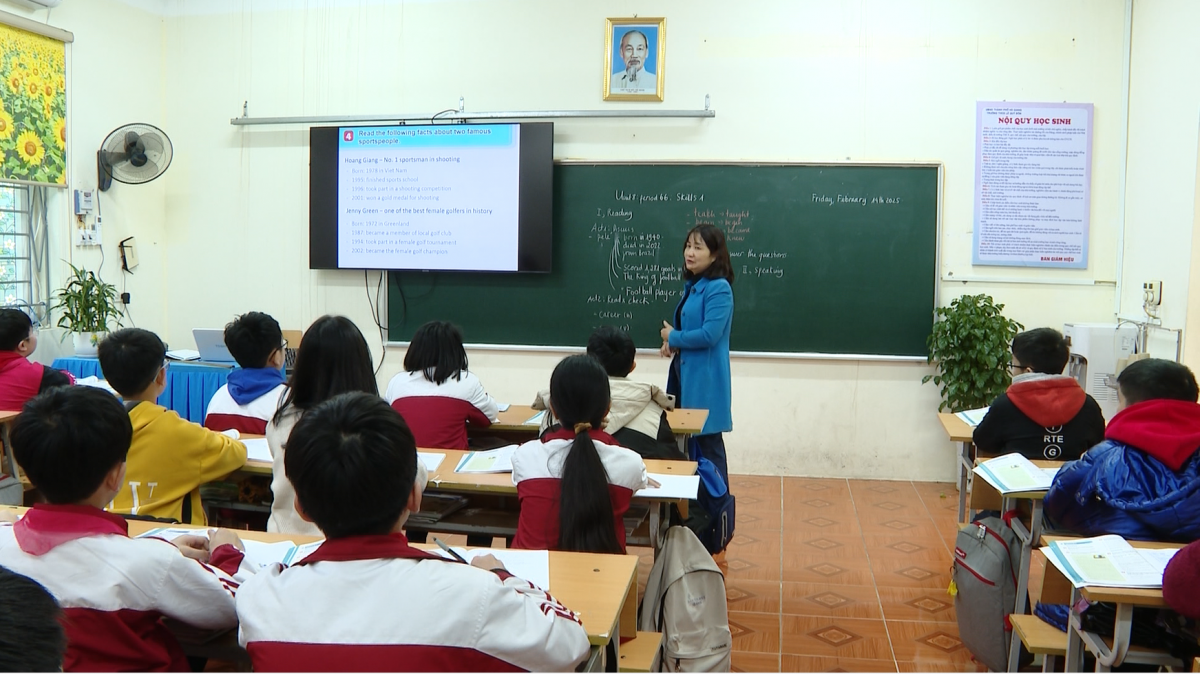
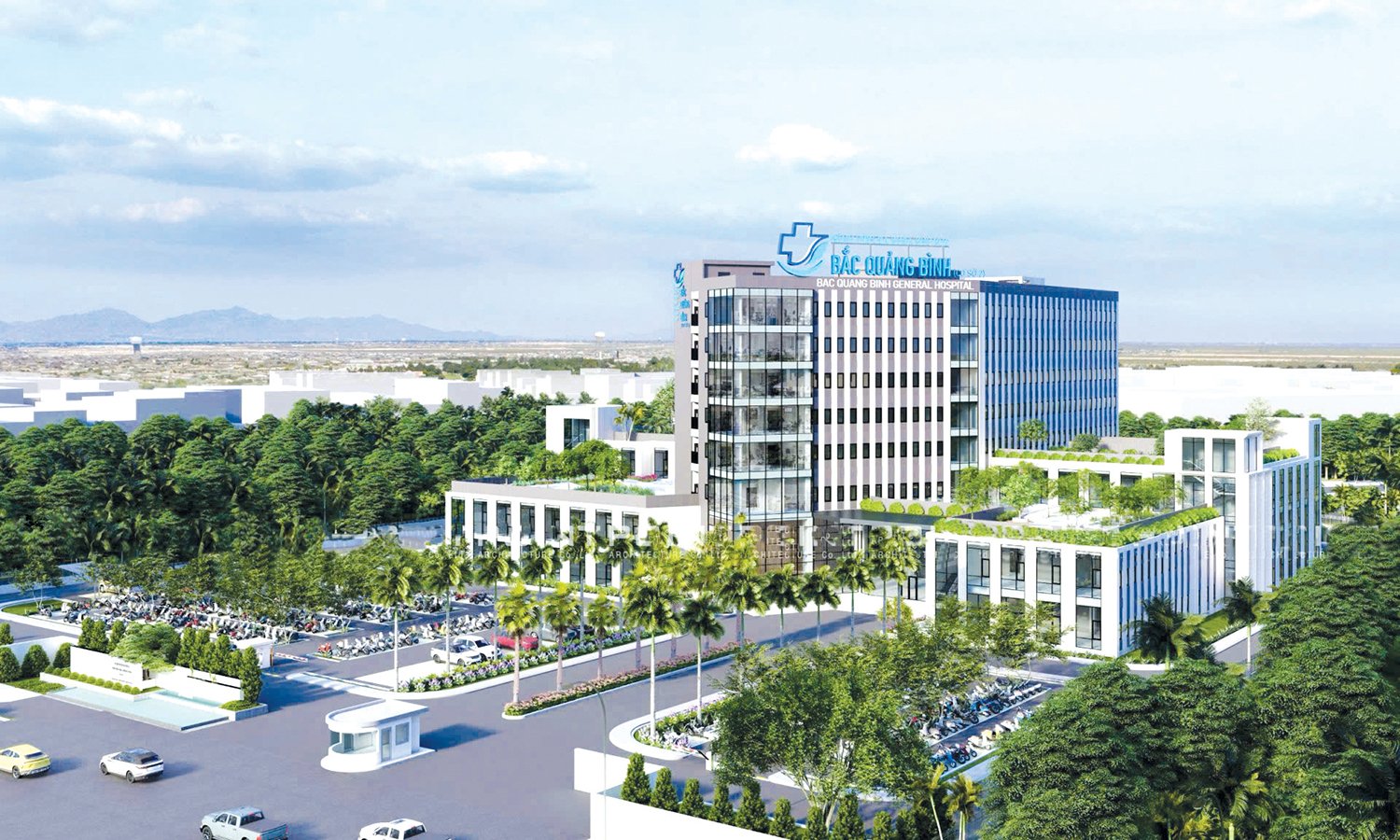



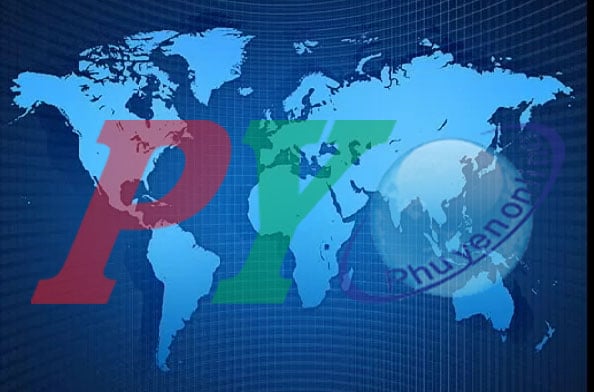

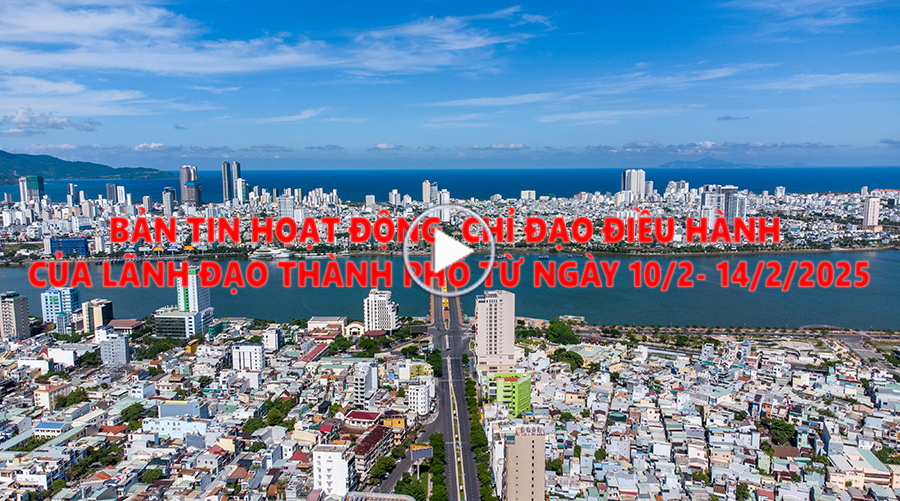
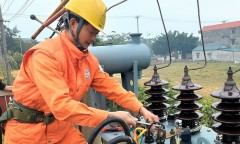
![Charming Vietnam [ Cat Tien National Park ]](https://vstatic.vietnam.vn/vietnam/resource/IMAGE/2025/2/12/c05c34322e4f4cac874e7f971dfaddca)














Comment (0)